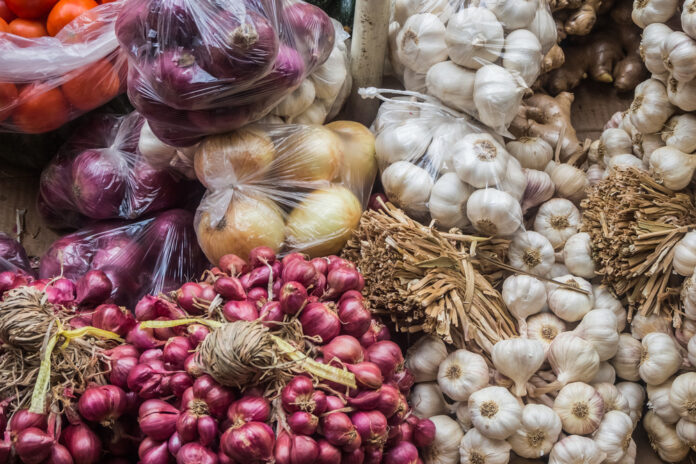The Department of Agriculture (DA) is taking steps to regulate garlic prices, which sell from P140 to P150 a kilo at present, as part of broader efforts to control the rising cost of essential commodities. Agriculture Secretary Francisco Tiu Laurel Jr. acknowledged that most garlic in the Philippines is imported, with traders purchasing it at an average of P80 per kilo. Retailers, however, are selling it at prices ranging from P140 and P150 a kilo. Laurel said that given the costs, a more reasonable retail price should range from P100 to P110 a kilo, and a meeting with local stakeholders will determine whether a maximum suggested retail price (MSRP) is necessary.
The DA is also addressing the challenges of local garlic production, particularly the need for colder climates and better planting materials. Programs to boost production, especially in Ilocos, are underway, with efforts to increase yield per hectare through improved varieties and planting techniques. Laurel also mentioned exploring South Korea’s garlic production model, as the country’s neighbor yields 12 to 15 tons per hectare compared to the Philippines’ one or two tons.
Meanwhile, the DA announced that adjustments to the MSRP for imported rice will be paused for two months during the ongoing local palay harvest season. Imported rice prices have been set at P45 per kilo, with the possibility of further adjustments considered after the harvest. A meeting with President Ferdinand Marcos Jr. discussed the direction of rice tariffs, with a recommendation for a slight increase rather than a return to original rates, following last year’s tariff reduction under Executive Order 62.
These develop amid concerns over both garlic and rice prices, with local and imported rice selling at varying prices in markets across the National Capital Region. The DA’s response aims to stabilize food prices and address production challenges while balancing the needs of farmers, traders, and consumers.







